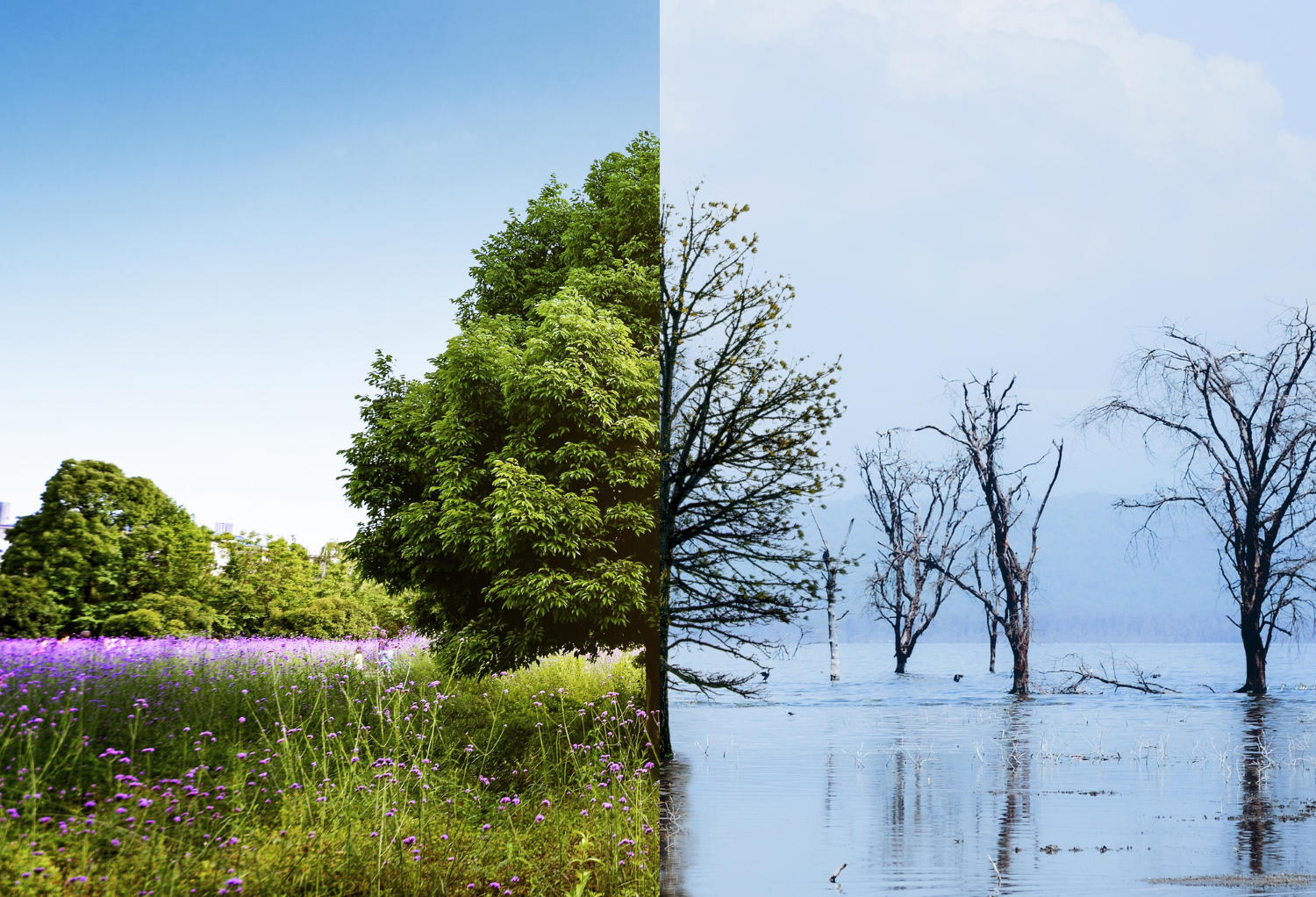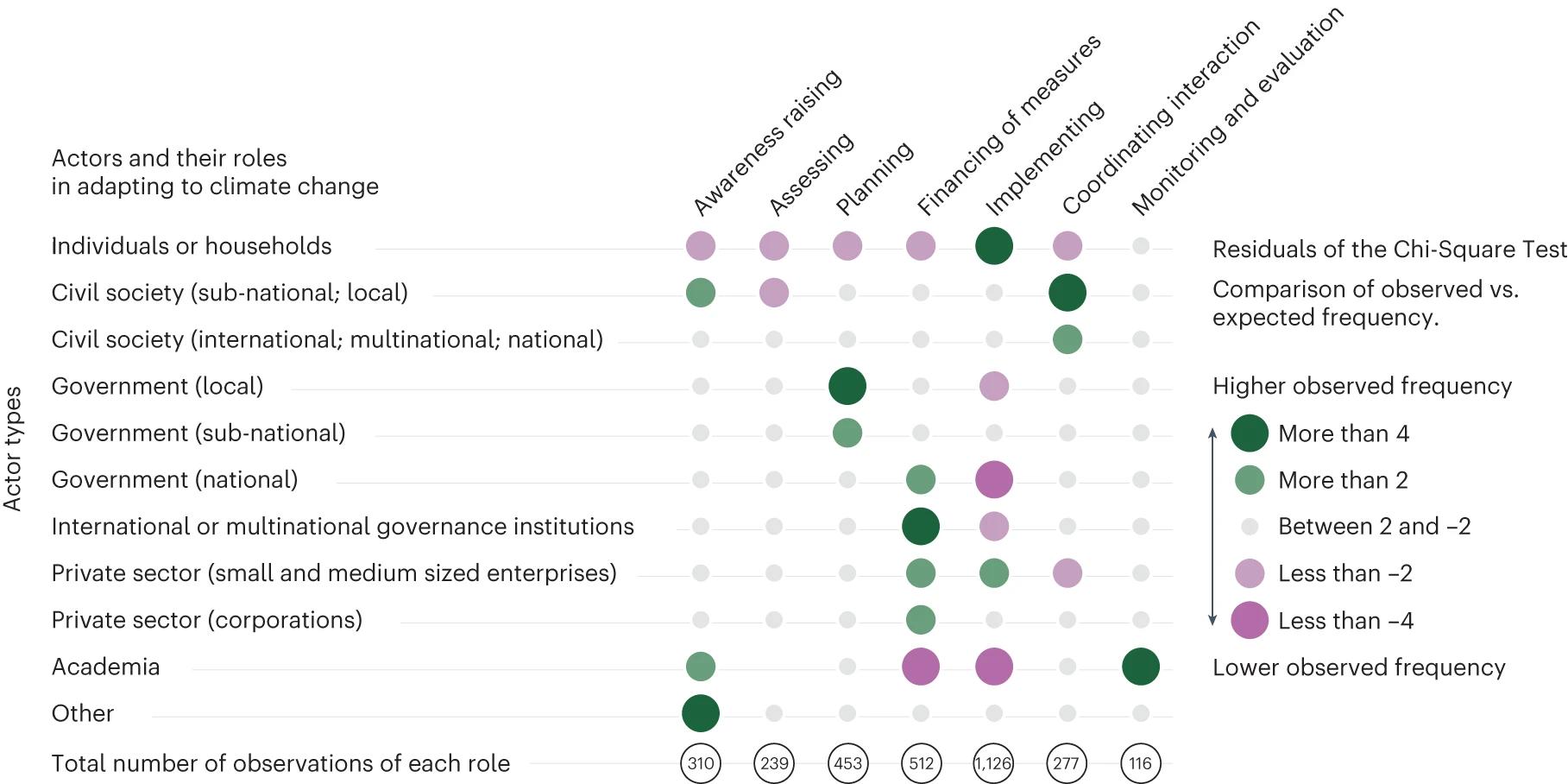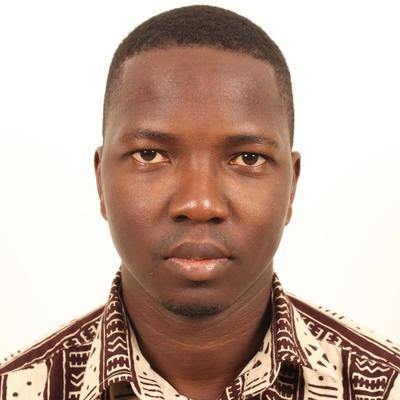Press and News Study finds global climate change adaptation actions are too uncoordinated

Impacted individuals and households have borne the main burden of adaptation to the consequences of climate change. A new survey of the literature reveals that systematic networking of various actor groups has generally been insufficient.
How are governments, organizations, companies, and individuals dealing with the impacts of global warming? Indeed, who are the actors, when it comes to reducing climate risks, such as droughts, floods, and forest fires? What do the individual actor groups contribute? And where and how are they already working together in a systematic fashion?

Actors and their roles in adapting to climate change.
A new study provides the first global analysis of actors engaged in climate adaptation and the roles they are playing. For the publication, an international team of scientists assessed more than 1,400 scientific studies on the subject of climate change adaptation. The results show that there are, across the globe, many gaps in distribution of roles and responsibilities for adaptation. Above all, there is a lack of adaptation that profoundly transforms societies, infrastructure, and risk management in response to the massive impacts of climate change. Further, there is a lack of comprehensive collaborations between various state and non-state actors.
“Comprehensive, fair, and forward-looking adaptation is successful when formal organizations and the various other actor group are integrated at all levels,” says Dr. Jan Petzold, geographer at Ludwig-Maximilians-Universität München, Germany and lead author of the study.

Alcade C. Segnon
Scientist
“Our study indicates, however, that adaptation to climate change still tends to be isolated and uncoordinated, with individuals or households the most prominent actors implementing adaptation” says Dr. Alcade Segnon, co-author and scientist at the Alliance of Bioversity International and CIAT, Senegal. “This situation shows how urgent and important comprehensive adaptation is.”
To date, affected individuals and households have been left to do the heavy lifting of implementing actual adaptation. This is particularly so in the Global South, where individuals and households have had to carry the principal burden of adaptation. By contrast, these groups are hardly involved at all in the design and implementation of institutional changes. It should be noted, however, that the situation differs in urban and non-urban areas. Whereas in rural areas, individual households are the prime actors and there is little in the way of coordination, state actors tend to organize adaptation much more frequently in cities. According to the study, the private sector has engaged in comparatively little adaptation to date and is scarcely involved in joint measures with other actors.
“When it’s primarily individual persons like farmers big and small who are engaging in this work worldwide, this is a sign that collaborations between various actor groups are lacking. For sustainable adaptation projects, however, this would be a necessary condition,” says Jan Petzold. Many interventions such as the climate-adapted restructuring of forests, the conversion of farmland into uncultivated floodplains, the adjustment of urban infrastructure, or even resettlement from coastal areas urgently require coordinated concepts.
“The results reveal that we need a more intensive and explicit debate on the question as to who should take on which tasks in adapting to the consequences of climate change. This may look very differently from one locality to the next, but it should be organized and structured,” says Professor Matthias Garschagen, who holds the Chair of Human Geography and heads the Teaching and Research Unit for Human Environment Relations at LMU, and helped coordinate the study. “It’s not only since the massive forest fires, heatwaves, and flood events of the past few months that we’ve known how serious the effects of climate change are. In the most recent IPCC report, we emphasized that all stakeholders must therefore pursue climate change adaptation all the faster, more thoroughly, and with greater coordination, if we are to effectively counter the expected further increase in climate change impacts. Our study shows how we’ve to date struggled to do this globally, and it points out where the gaps are greatest. This knowledge is vitally important to support actors on the road to more effective and more coordinated adaptation.”
“The unique model of AICCRA (Accelerating Impacts of CGIAR Climate Research for Africa) for research and innovation development helping to bridge the “missing middle” between science and action is addressing the gaps identified in the study” says Dr Alcade Segnon, who also the Science Officer for AICCRA in West Africa. “AICCRA works to build and deepen the partnerships between a whole range of organisations and stakeholders to deliver climate-smart innovations in agriculture for African farmers. The stronger partnerships fostered between scientists, researchers, the private sector and public institutions will help collectively identify ‘best-bet’ innovations that help farmers adapt and speed up their deployment”. AICCRA is supported by a grant from the International Development Association of the World Bank and led by the Alliance of Bioversity International and CIAT.
Read the Paper
Petzold, J., Hawxwell, T., Jantke, K., Gonçalves Gresse, E., Mirbach, C., Ajibade, I., Bhadwal, S., Bowen, K., Fischer, A.P., Joe, E.T., Kirchhoff, C.J., Mach, K., Reckien, D., Segnon, A.C., Singh, C., Ulibarri, N., Campbell, D., Cremin, E., Färber, L., Hegde, G., Jeong, J., Nunbogu, A.M., Pradhan, H.K., Schröder, L.S., Shah, M.A.R., Reese, P., Sultana, F., Tello, C., Xu, J., Garschagen, G., A global assessment of actors and their roles in climate change adaptation. Nature Climate Change, DOI: 10.1038/s41558-023-01824-z



